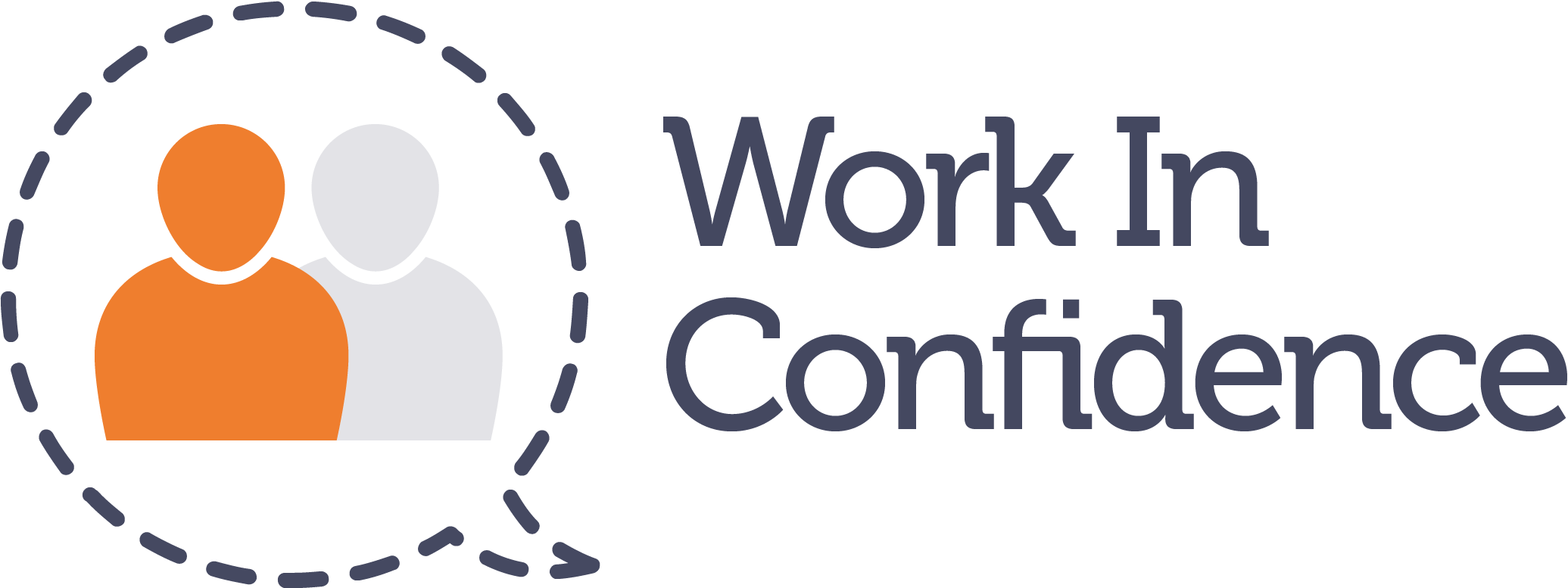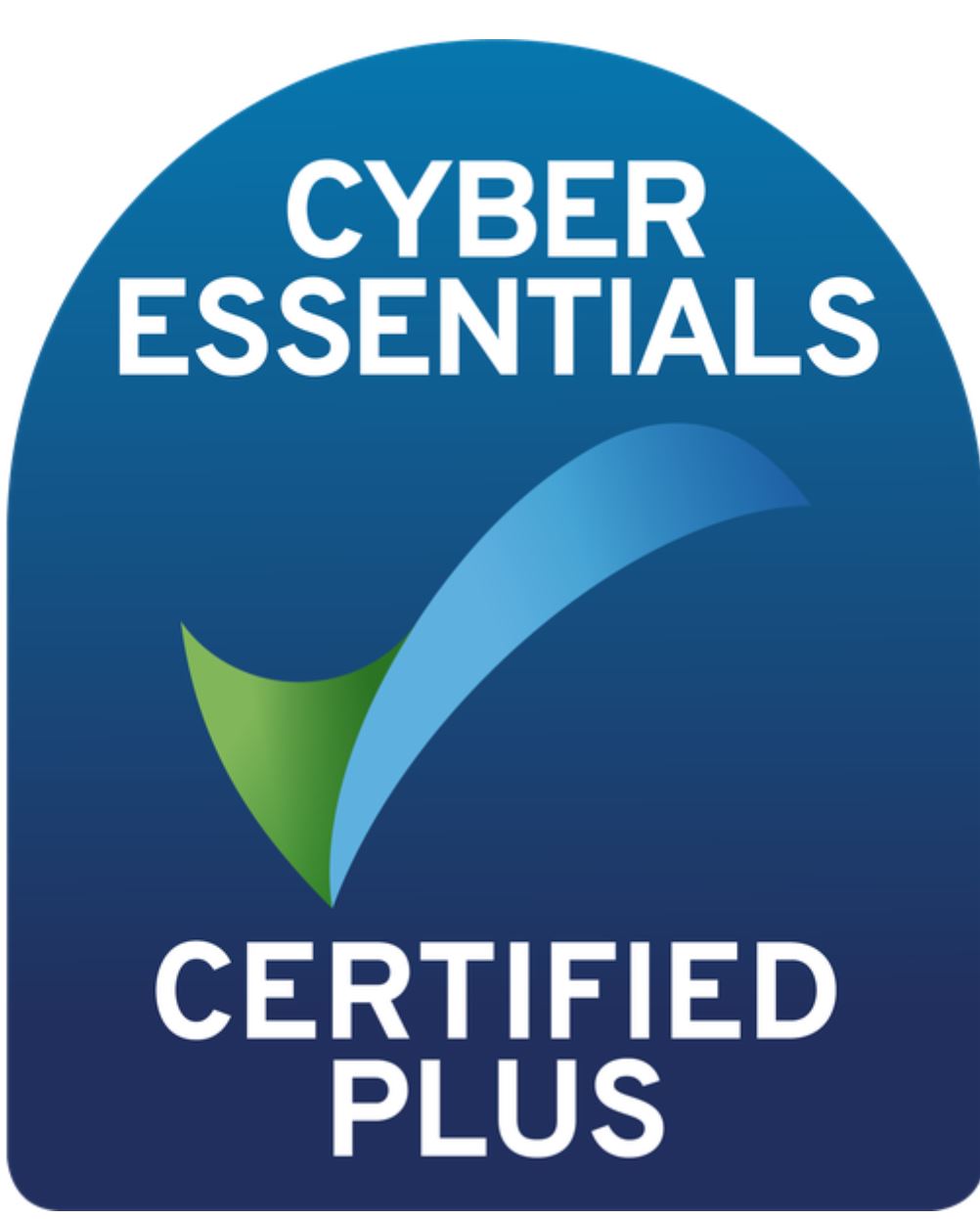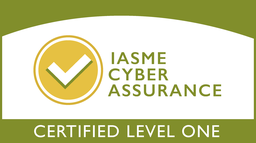Creating an inclusive workplace culture
Gender stereotypes, discrimination, and bias in the workplace continue to be major issues hindering companies from achieving their full potential. These issues create negative work environments, reduce productivity and collaboration, and limit creativity and innovation.
We aim to explore the challenges of equality, diversity and inclusion and provide you with tools to help your organisation create an inclusive work culture, free from bias and discrimination.
What are the challenges?
Gender stereotypes are pervasive in our society, and they often lead to discrimination and bias in the workplace. Women are very often perceived as less competent, less ambitious, and less committed to their jobs than their male counterparts. Such bias views can lead to discrimination in hiring, promotions, and pay, and make it extremely difficult for women to advance in their careers.
Discrimination and bias can also be based on other factors, such as race, ethnicity, sexual orientation, and age. These biases can create a toxic work environment, where some employees feel undervalued, unsupported, and excluded. This can lead to lower job satisfaction, increased turnover, and reduced productivity.
The importance of making progress
Creating an inclusive workplace culture requires strong leadership and a commitment from human resources professionals to challenge gender stereotypes, call out discrimination, draw attention to bias, and seek out inclusion. HR leaders play a critical role in creating policies and practices to support these values. They can also work with managers and employees to promote a culture of respect, understanding, and collaboration.
Leadership play a critical role in creating a culture where employees feel safe to speak up about issues they may be experiencing. Managers should be trained to recognise and address bias and discrimination, and to create an environment where all employees feel valued and supported.
Human resources professionals also play a key role in creating training programs that address bias and discrimination. These programs can help employees to recognise their own biases and to develop strategies for working with colleagues who may have different backgrounds or perspectives.
Tools for creating an inclusive workplace culture
To address these issues, organisations can use a range of tools that help employees feel supported, listened to, and included.
Anonymous Speakup: This tool allows employees to report any concerns or issues they have without fear of retribution. This can be particularly useful for addressing sensitive topics, such as harassment or discrimination. It helps to ensure that employees feel heard and supported, and that their concerns are taken seriously.
Employee Engagement Surveys: Design surveys to gather feedback from employees about their experiences in the workplace. They can help businesses identify areas where they need to improve, such as communication, management, or supporting employee wellbeing. By listening to employees’ feedback, organisations can create a more inclusive work environment that meets the needs of all employees.
HR Case Management: Provides a secure, easy to use place to collect Speaking Up, whistle-blowing and HR cases whether raised on reporting platforms: Anonymous Speak Up, by email, phone or other sources.
Encrypted storage of cases, easily updated fields, multiple user access, with flexible sharing options ensures that compliance requirements are met and flexibility remains.
Leave behind Excel spreadsheets!
Discussion Boards: Discussion boards are a great way to encourage dialogue and the exchange of ideas among employees. They can be used to address specific issues, such as gender stereotypes or bias, and to share best practices for creating an inclusive workplace culture. Discussion boards help to foster a sense of community and support among employees and help to create a more positive work environment.
Speak up Phone Line: This tool is designed to provide employees with another route to confidentially report any concerns or issues they may have. It is particularly useful for addressing sensitive topics, such as harassment or discrimination. The Speak up Phone Line helps to ensure that employees feel heard and supported, and that their concerns are taken seriously.
Conclusion
In conclusion, creating an inclusive workplace culture is critical for organisations to attract and retain top talent, foster innovation and creativity, and achieve their full potential.
Addressing gender stereotypes, discrimination, and bias requires a commitment from leadership, a willingness to listen to employees’ feedback, provide a range of safe and trusted communication tools to facilitate feedback to eliminate fear of reprisals, challenge gender stereotypes and call out discrimination, draw attention to bias, and seek out inclusion.
Collectively we can all #EmbraceEquity
Elevate your workplace culture with our most popular engagement tools - Free to download
The Definitive Guide to Workplace Bullying
Download the guide and learn how to create a zero tolerance workplace culture and give people a voice
Building a Successful Speak Up Culture in your organisation
Download our free e-book and start improving your organisational health
The Concise Guide to Engaging and Retaining Employees
Download our free e-book to find out how to engage and retain your top talent
Why Civility Matters
Download our infographic to share with your teams to highlight why civility matters




